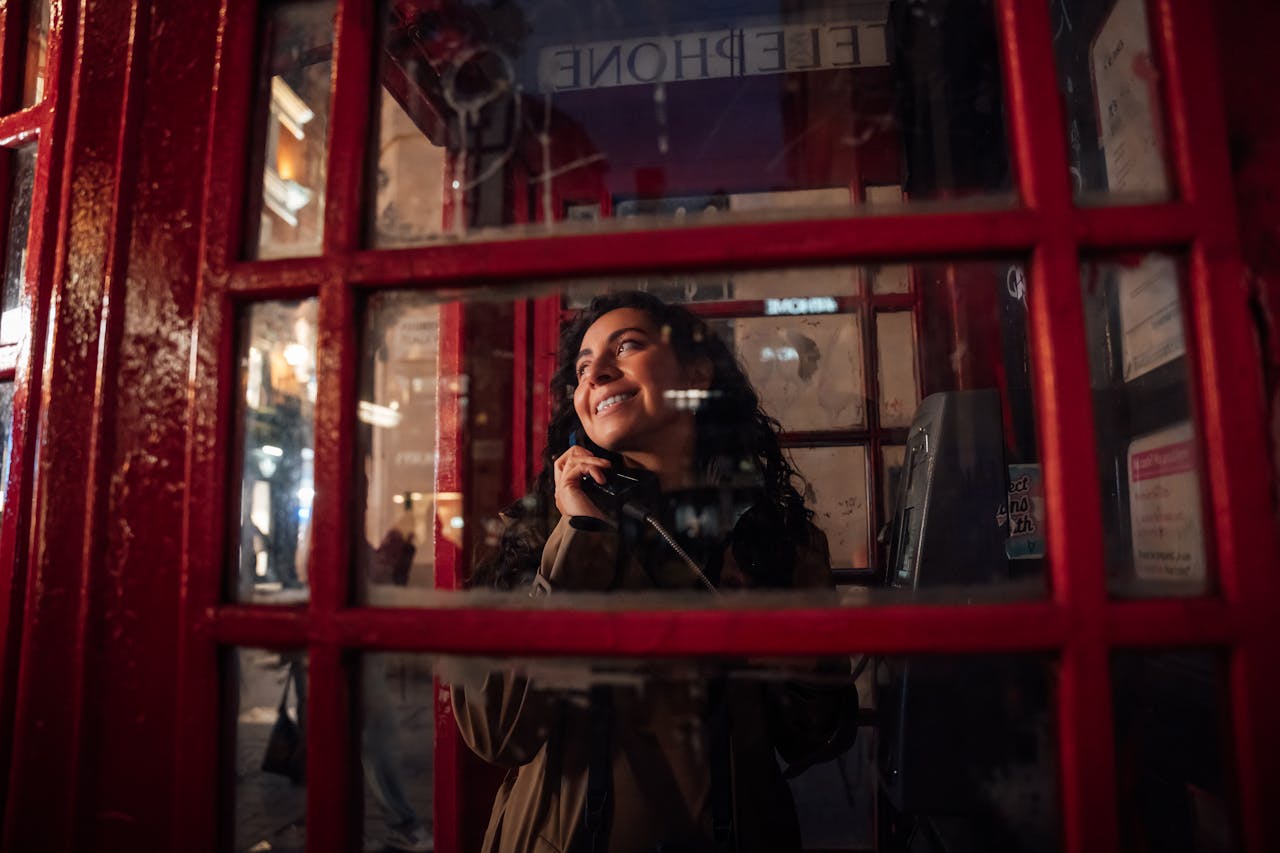Virtual tours, social media marketing, and online open houses are powerful tools for attracting buyers — but interest alone won’t sell your home. What truly matters is what happens after someone watches your video, clicks through your listing, or attends your virtual showing. The ultimate goal is to convert that curiosity into in-person showings, written offers, and a successful sale.
For many sellers — especially those selling For Sale By Owner (FSBO) — this is where momentum often stalls. Buyers browse, comment, or ask questions online, but then disappear before taking the next step. The key to overcoming that is having a strategy designed not just to generate leads, but to nurture them into offers.
This guide will show you exactly how to do that — step by step — so you can turn online attention into real-world results.
📊 Step 1: Track and Identify Your Warm Leads
Not all online interest is created equal. Some people are just browsing, while others are actively preparing to buy. Your job is to figure out who’s who — and focus your efforts on the most promising leads.
✅ How to spot serious buyers:
- They attend a full virtual open house or watch your video to the end.
- They ask detailed questions about the property (e.g., inspection reports, HOA fees, school districts).
- They request more photos, a floor plan, or additional information.
- They message you directly instead of leaving casual comments.
💡 Pro Tip: Create a simple lead tracker (a spreadsheet or contact list) to organize names, contact info, and level of interest. This helps you follow up strategically instead of randomly.
📬 Step 2: Follow Up Promptly and Personally
Timing is everything when converting interest into action. Most buyers will move on if they don’t hear from a seller within 24–48 hours. A prompt, friendly follow-up shows that you’re serious about selling and ready to help them take the next step.
✅ Best practices for follow-up messages:
- Thank them for attending the virtual open house or viewing your property.
- Answer any questions they asked during the event.
- Offer more details (e.g., property disclosures, utility costs, neighborhood highlights).
- Invite them to schedule a showing or private virtual tour.
📩 Sample follow-up message:
“Thank you for joining the virtual tour of [property address]! I’d be happy to share additional details or schedule a private in-person walkthrough if you’d like a closer look. Are there any specific features you’d like more information about?”
💡 Pro Tip: Personalization is key. Reference something specific they mentioned or asked about — it shows you’re paying attention and builds trust.
🗓️ Step 3: Make It Easy to Take the Next Step
If buyers have to jump through hoops to schedule a showing or request more info, they’ll often lose interest. Simplify the process and make the next step crystal clear.
✅ Ways to make it easier:
- Include a link to a scheduling calendar where they can book a showing directly.
- Offer multiple showing options — in-person, private virtual tour, or FaceTime walk-through.
- Provide a one-page property information sheet they can download instantly.
- Include your contact info on every follow-up message and listing.
💡 Pro Tip: Convenience converts. The fewer clicks or emails it takes to move forward, the more likely buyers are to act.
🧠 Step 4: Build Trust With Transparency
One of the biggest reasons buyers hesitate after showing initial interest is uncertainty. They worry about hidden issues, unclear terms, or a difficult negotiation process. Overcome that by being transparent and proactive.
✅ What to provide up front:
- Property disclosures (repairs, renovations, known defects)
- Recent utility bills or average monthly costs
- HOA rules or fees (if applicable)
- Floor plans or survey documents
- List of recent upgrades or maintenance records
💡 Pro Tip: Transparency builds confidence — and confident buyers are more likely to write offers. Sharing this information early also speeds up the negotiation process later.
🤝 Step 5: Offer Private Virtual Tours (and Personalized Experiences)
A group virtual open house is a great first impression, but serious buyers often want a more personal experience before they commit. Offering private virtual tours or one-on-one Q&A sessions can help them feel more connected to the property.
✅ Ideas for personalized virtual experiences:
- A FaceTime or Zoom walk-through focused on areas they care about (e.g., storage, backyard, kitchen).
- A follow-up video answering their specific questions.
- A short “lifestyle tour” showing nearby parks, shops, or community features.
💡 Pro Tip: Personalized experiences make buyers feel valued — and that emotional connection often translates into offers.
🏡 Step 6: Highlight Urgency and Scarcity (Without Pressure)
People are more likely to act when they feel a sense of urgency. You don’t need high-pressure tactics — just gentle reminders that your property is in demand and won’t be available forever.
✅ Ways to create urgency:
- Mention upcoming showings or other interested buyers:
“We have a few more tours scheduled this week, so I recommend booking one soon if you’re interested.” - Highlight recent activity:
“We’ve had strong interest since the virtual event — offers are expected soon.” - Set clear decision timelines:
“We’re reviewing offers on Monday, so let me know if you’d like to submit before then.”
💡 Pro Tip: Urgency works best when it’s honest and backed by real activity — buyers respond positively to a competitive but fair environment.
✍️ Step 7: Make the Offer Process Simple and Clear
Even interested buyers can hesitate if the process of submitting an offer feels confusing or complicated. Your job is to make it as straightforward as possible.
✅ What to communicate:
- How to submit an offer (email, online form, agent contact, etc.)
- What documentation you need (e.g., pre-approval letter, proof of funds)
- Any specific timelines or deadlines
- Whether you’re open to contingencies, concessions, or negotiation
💡 Pro Tip: Create a simple “How to Make an Offer” guide to share with buyers. Clear instructions remove friction — and friction kills momentum.
📊 Step 8: Nurture Leads Who Aren’t Ready Yet
Not everyone is ready to submit an offer immediately — but that doesn’t mean they won’t in the near future. Stay in touch with “warm” leads and continue to nurture their interest.
✅ How to stay top-of-mind:
- Send updates if the price changes or new improvements are made.
- Follow up in a week or two with a polite message:
“I wanted to check in and see if you had any more questions about the property.” - Invite them to a second showing or share a new virtual tour video.
💡 Pro Tip: Most buyers make a decision after multiple touchpoints. Regular follow-ups keep the conversation going and increase your chances of converting them later.
📈 Step 9: Learn From Feedback and Adjust
If virtual attendees consistently show interest but never make offers, something in your approach might need tweaking. Use their feedback to refine your strategy.
✅ Questions to ask yourself:
- Are buyers mentioning pricing concerns? (Consider a price adjustment or incentive.)
- Are they hesitant about condition? (Address key repairs or offer credits.)
- Are they unsure about next steps? (Simplify the follow-up process.)
💡 Pro Tip: Every “no” is valuable data. Analyzing why buyers don’t convert helps you remove obstacles and increase your success rate.
🏁 Final Thoughts: Turn Curiosity Into Commitment
Virtual marketing is one of the most powerful tools in real estate today — but it’s only half the equation. To sell your home, you need to convert that online attention into real-world action.
The key is a simple, intentional process: identify serious buyers, follow up quickly, build trust, offer personalized experiences, and make the next steps easy. Combine that with clear communication and a little urgency, and you’ll transform interest into offers — often faster than you expect.
Remember: every view, every comment, and every virtual tour attendee is a potential buyer. With the right follow-up and strategy, they’re not just leads — they’re your next offer waiting to happen.
✅ Final Tip: Treat every online interaction like the start of a conversation, not the end of one. The more value and clarity you provide after the first click, the more likely you are to see that interest turn into a signed offer.



